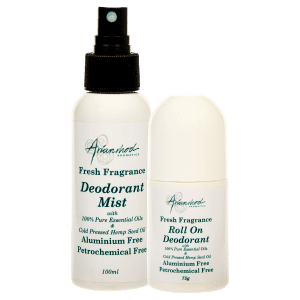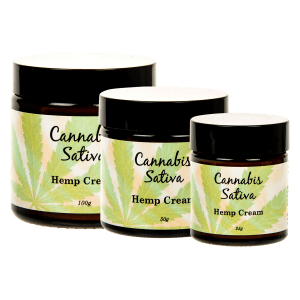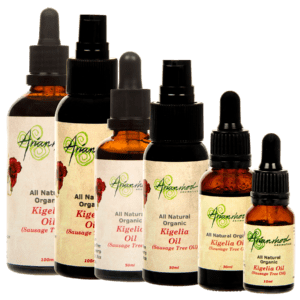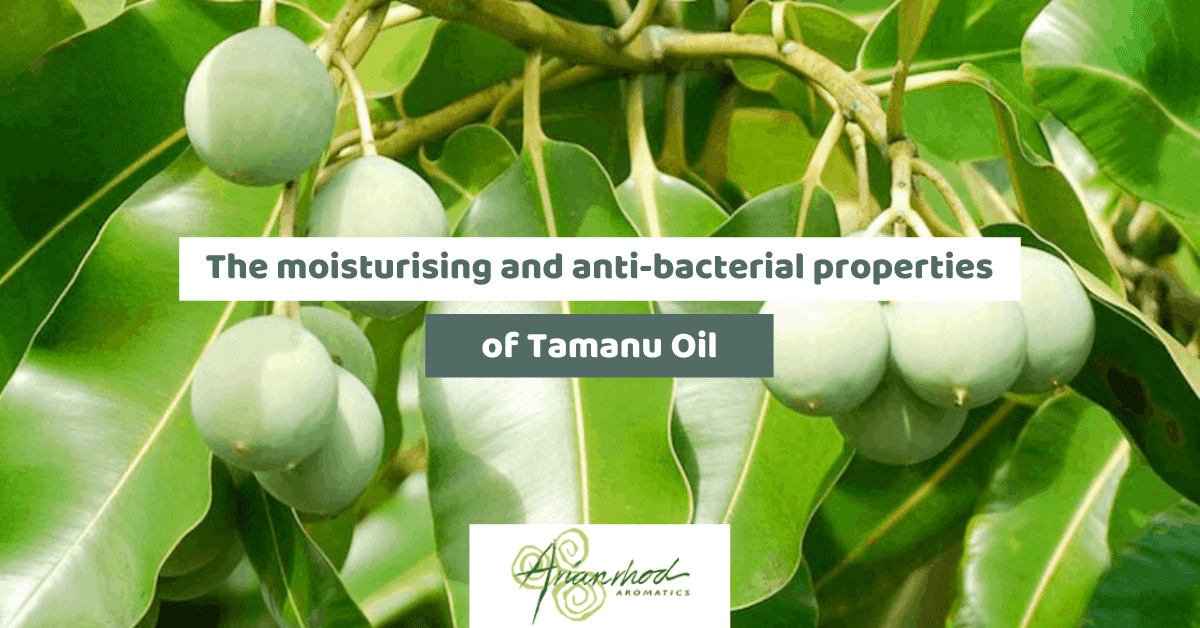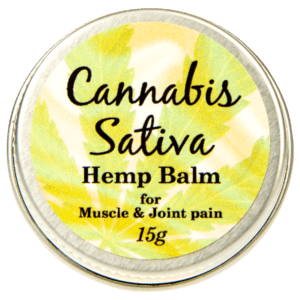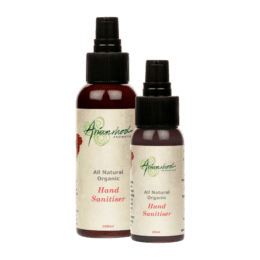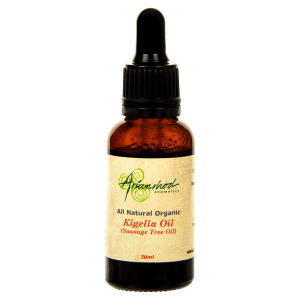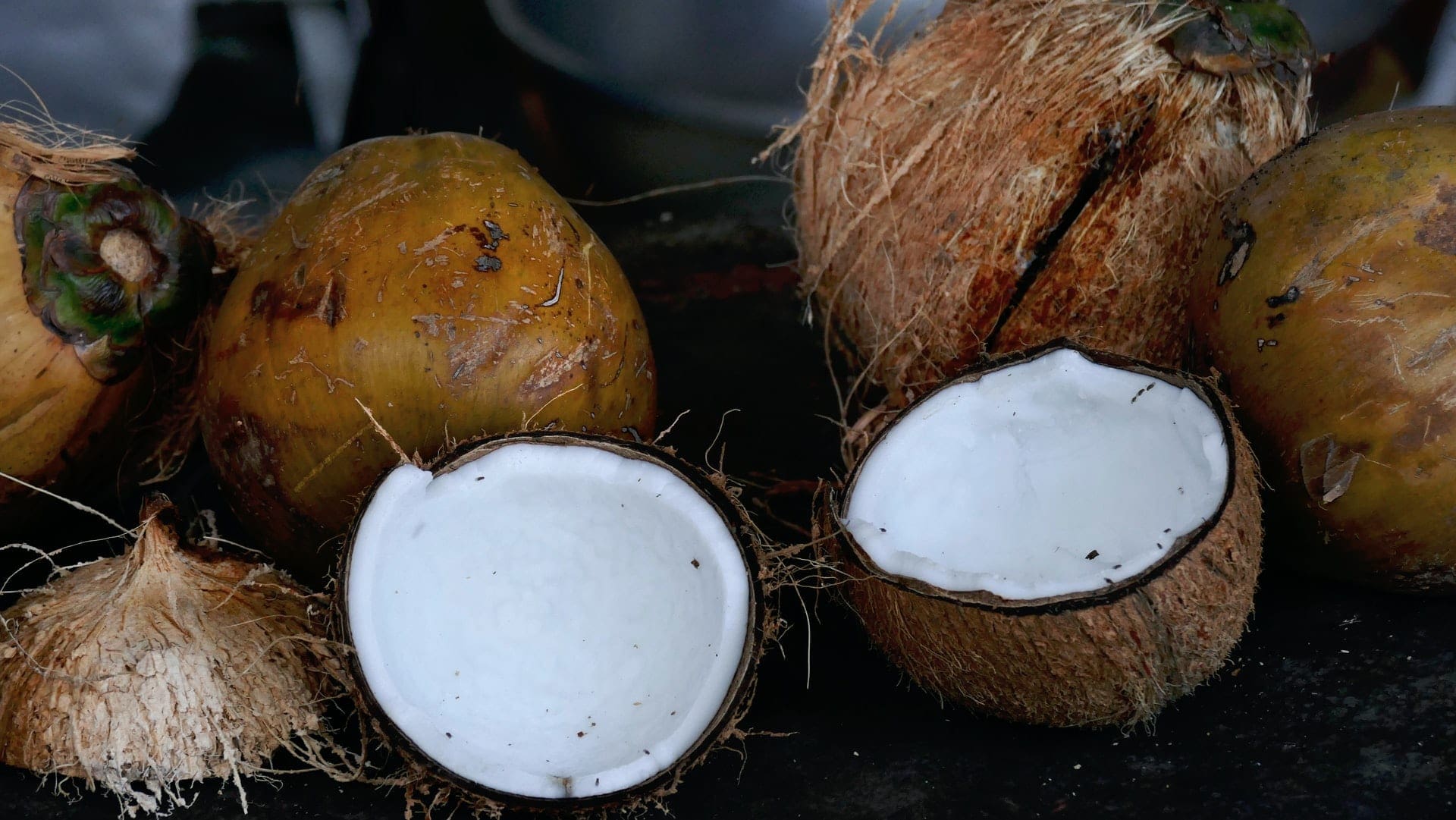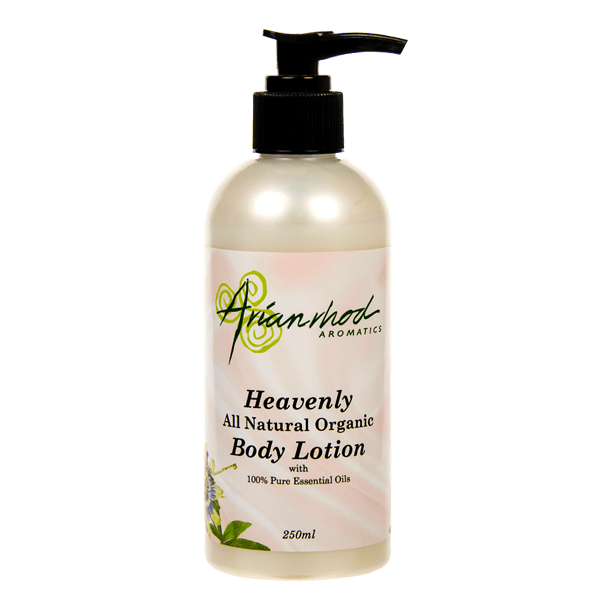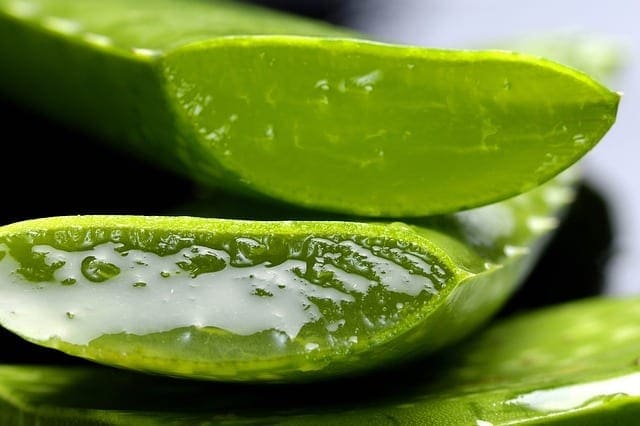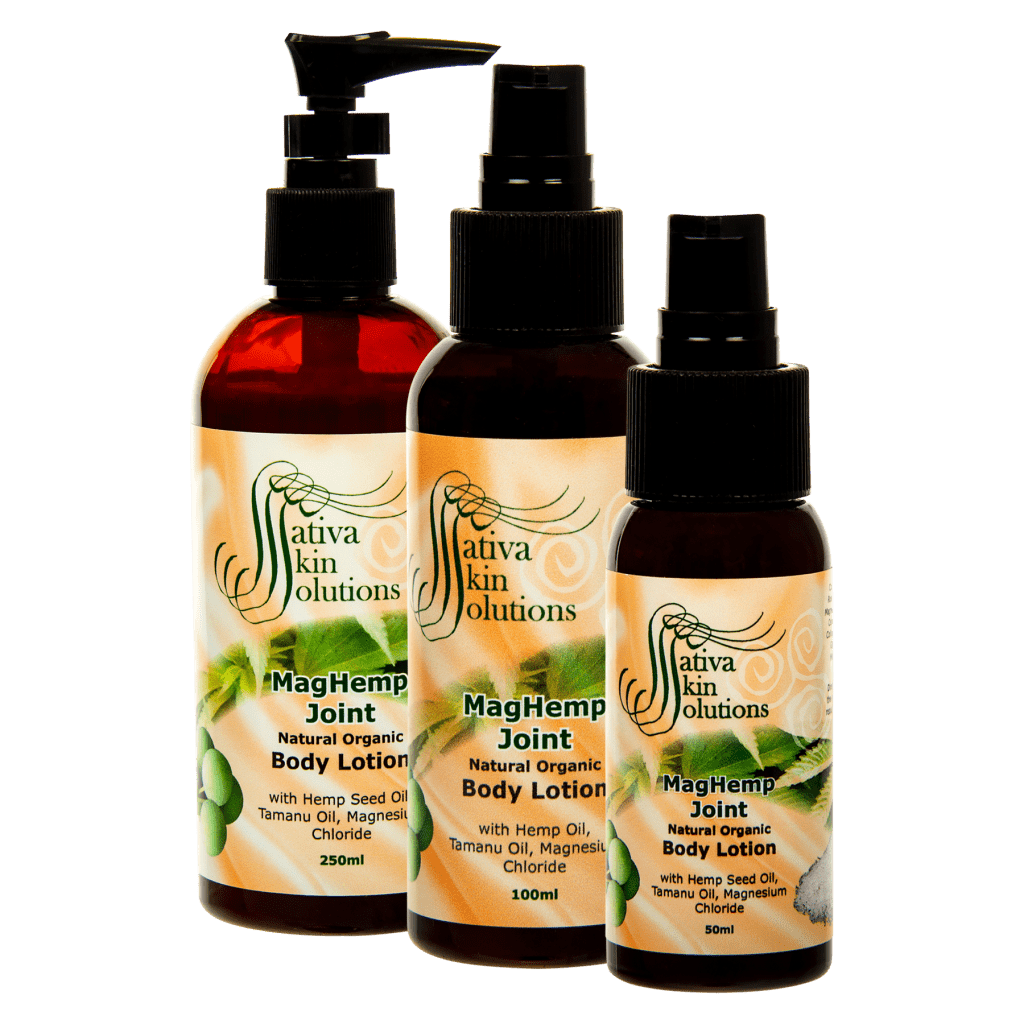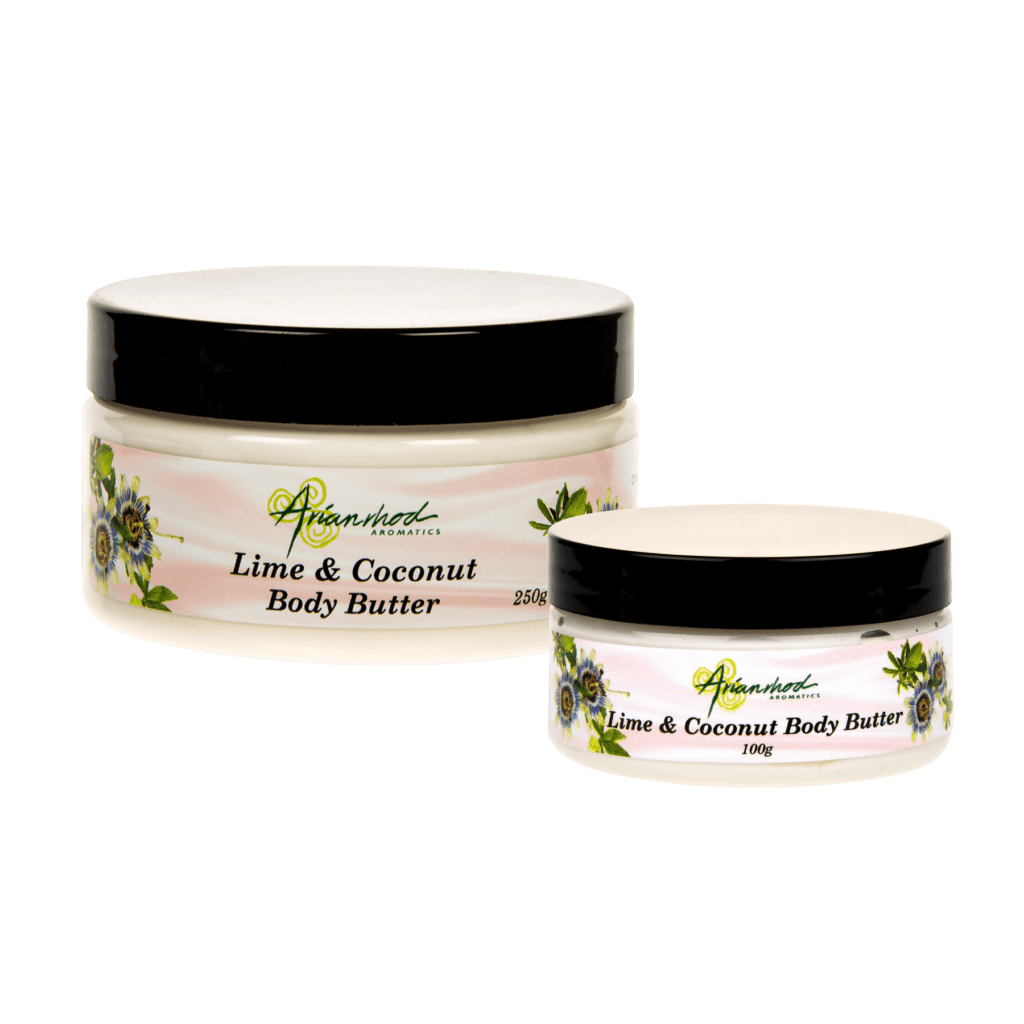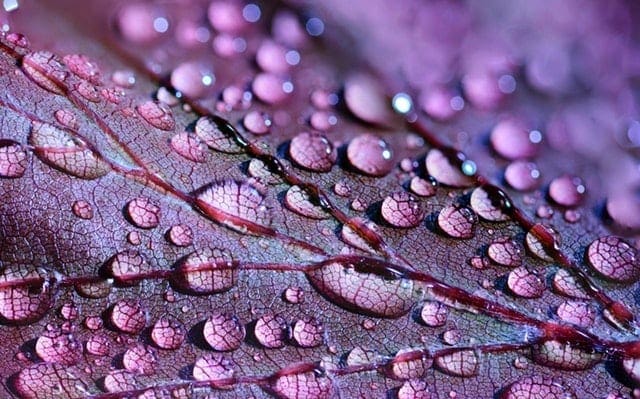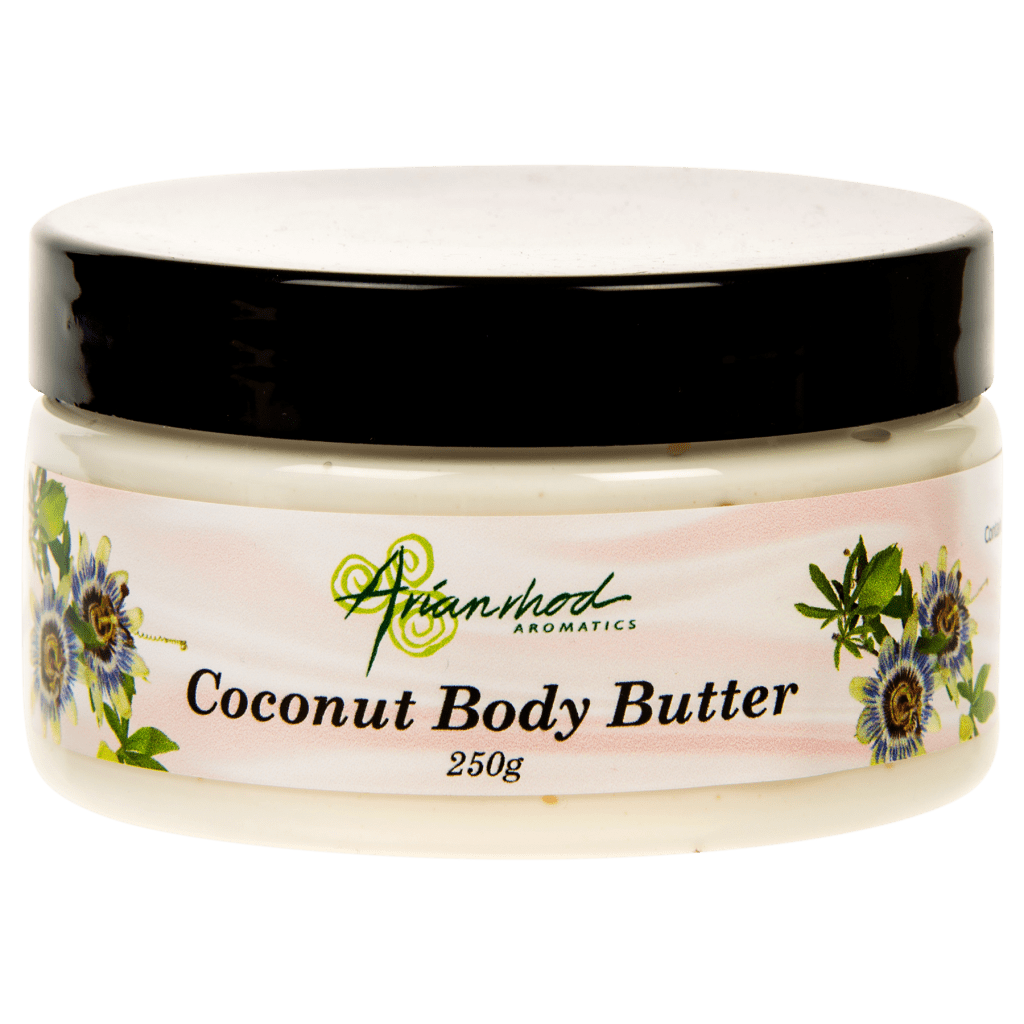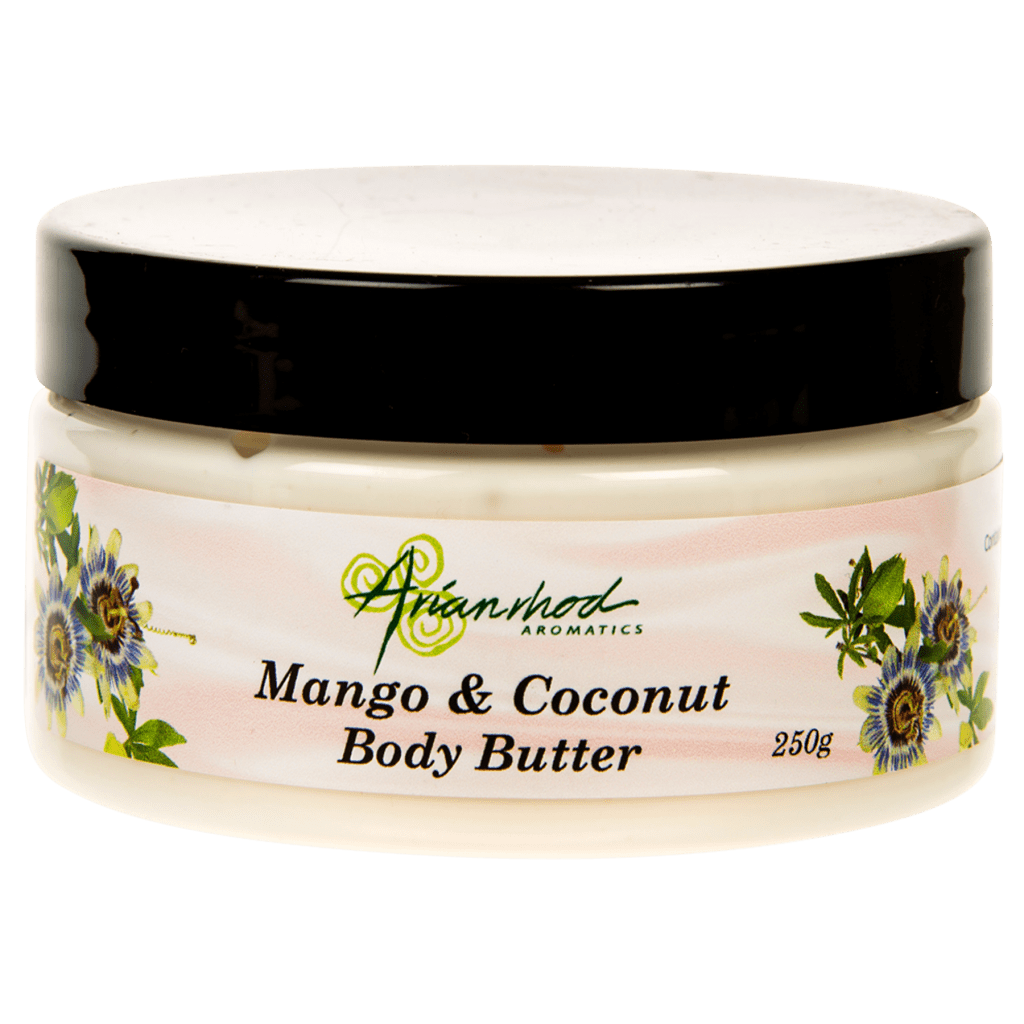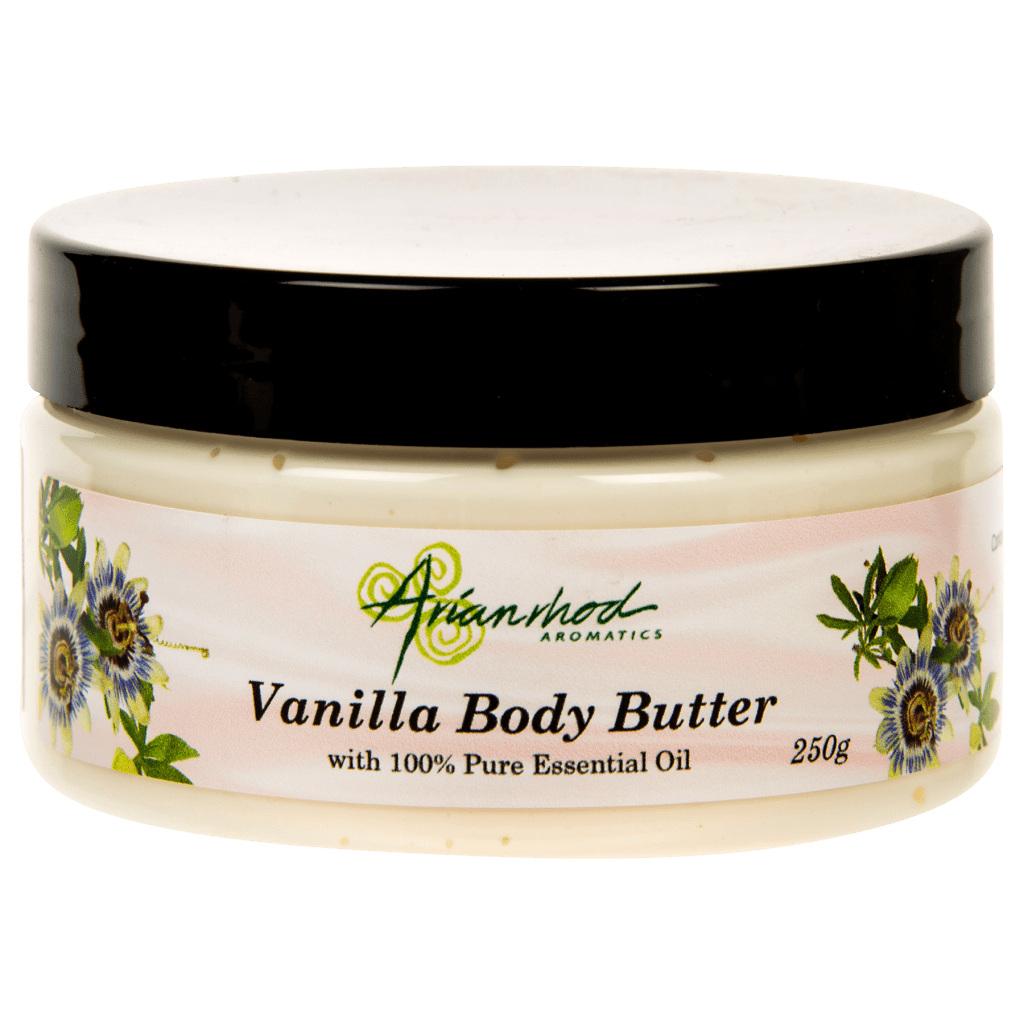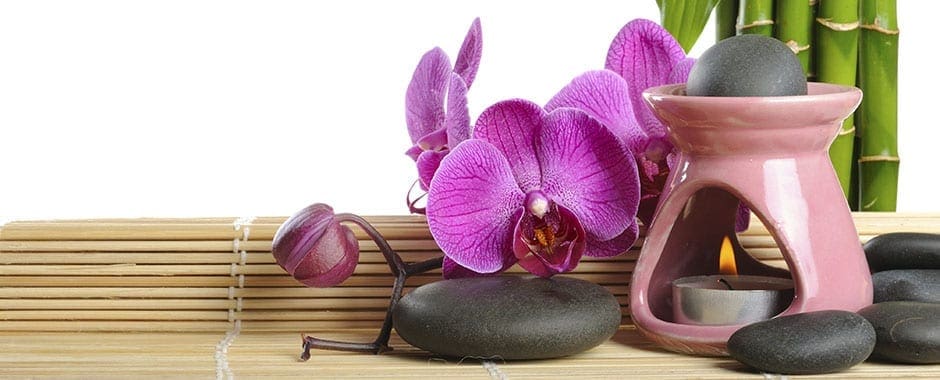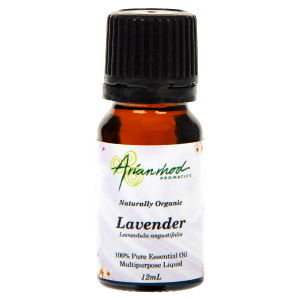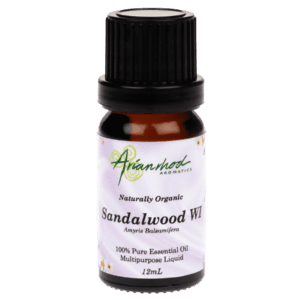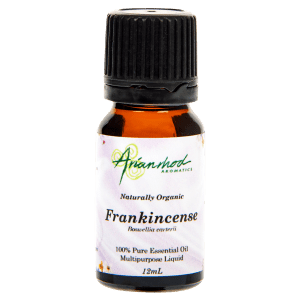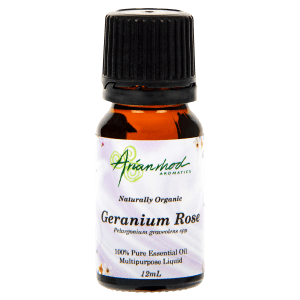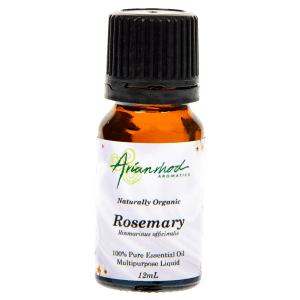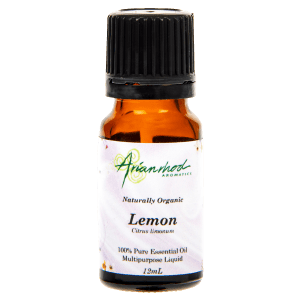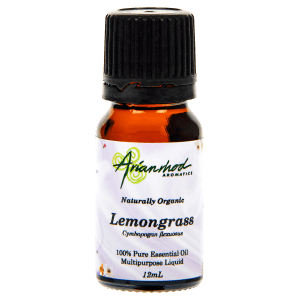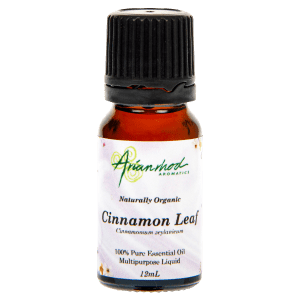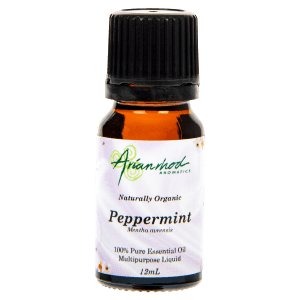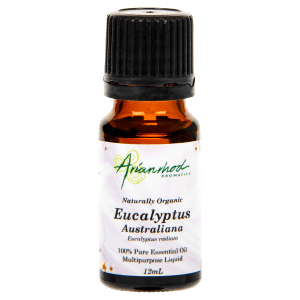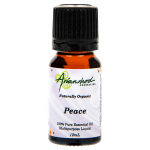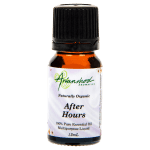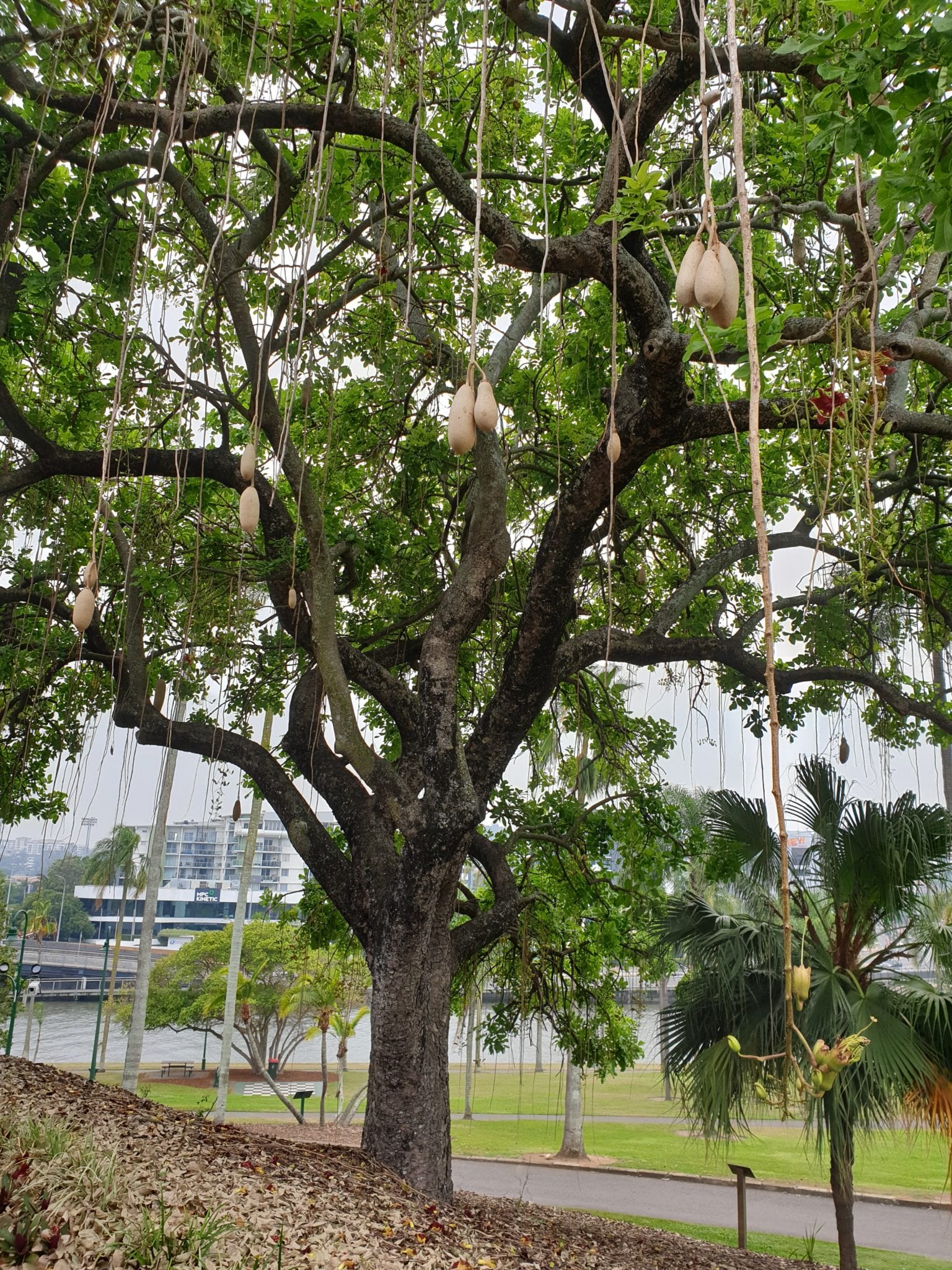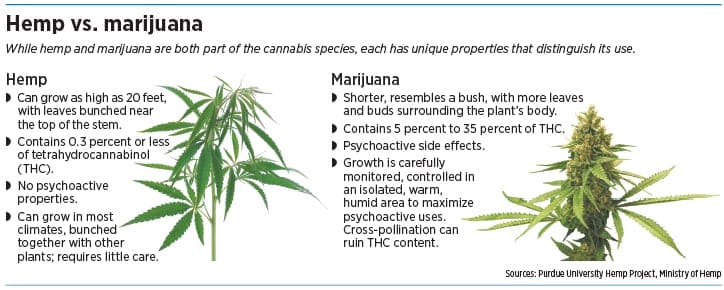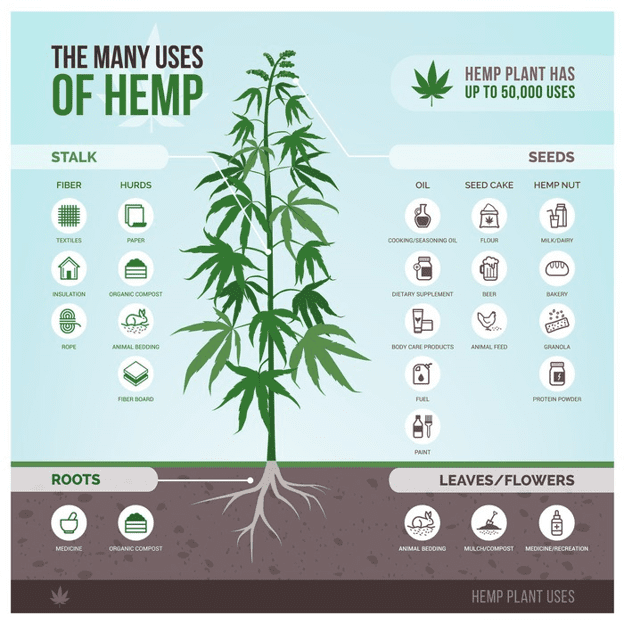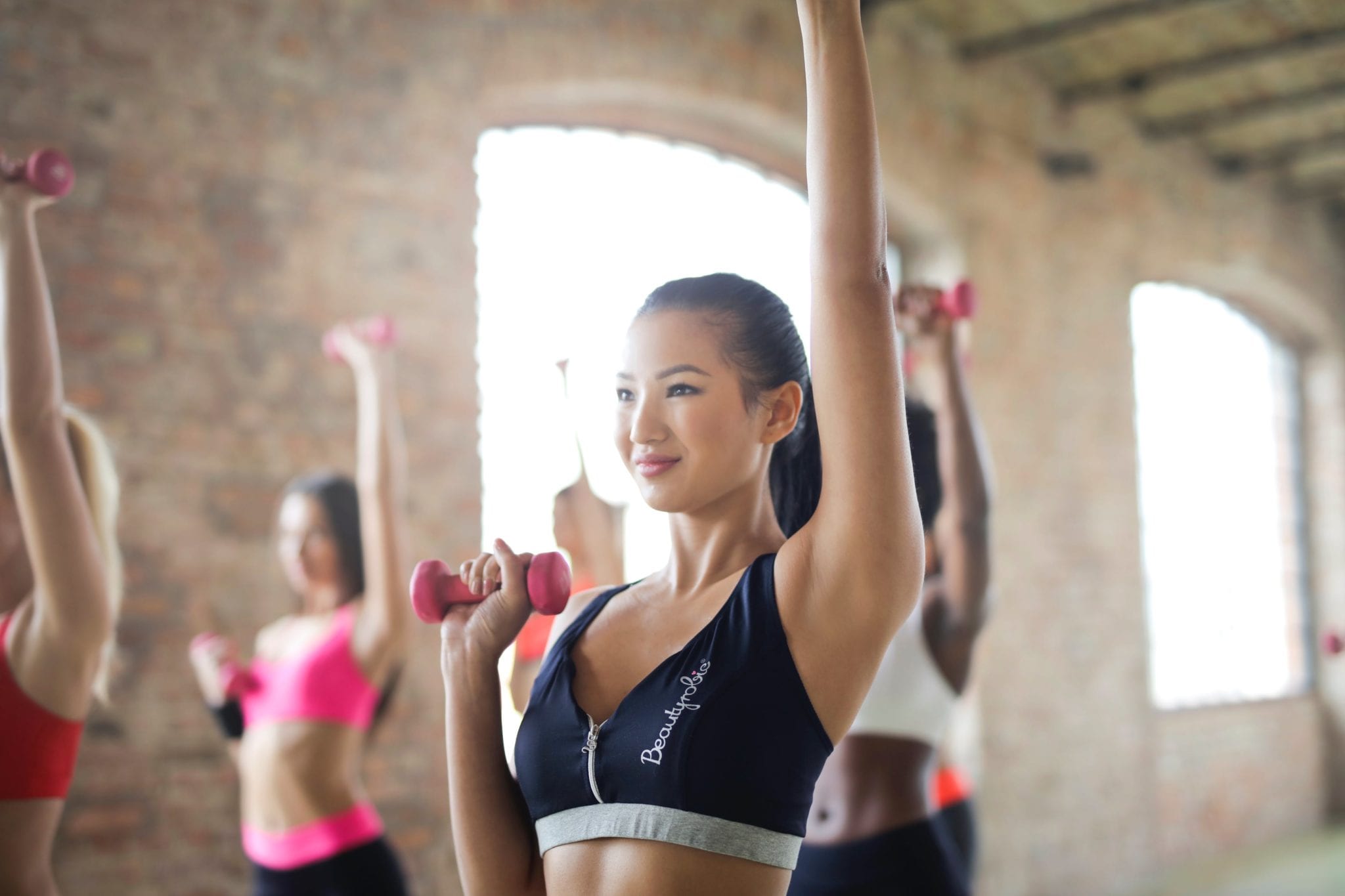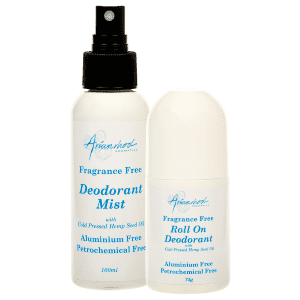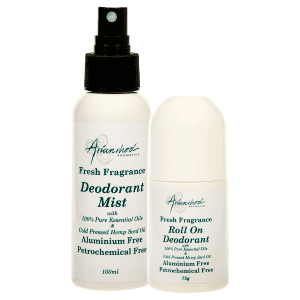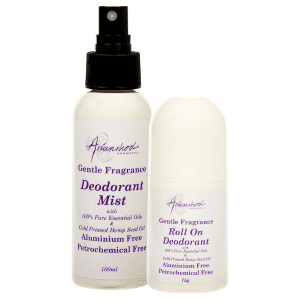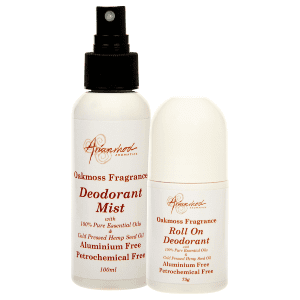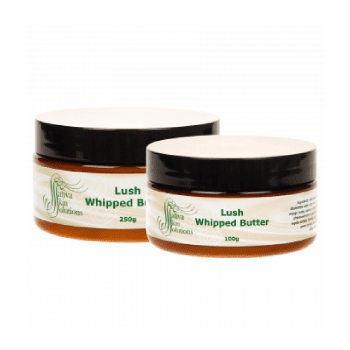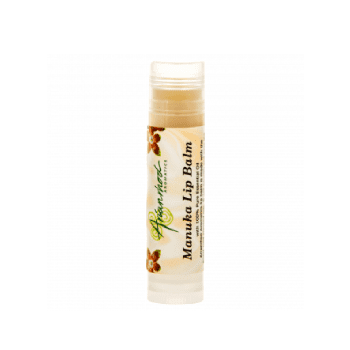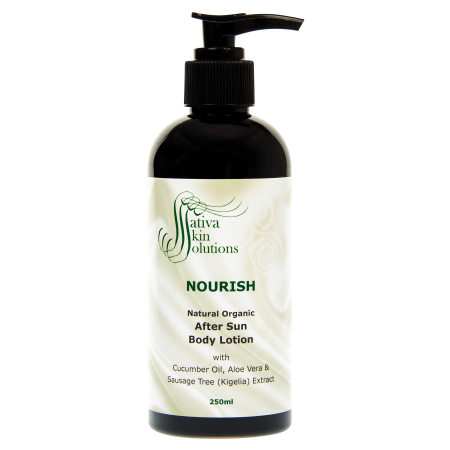The moisturising and anti-bacterial properties of Tamanu Oil
Tamanu Oil as an essential ingredient in your Winter routine.
Are you starting to feel skin dryness and irritation when you face the winter wind? Cold weather has some unpleasant effects on the skin. To make the matter worse, dry indoor heat can also lead to cracked skin. Various inflammatory skin diseases such as eczema, ichthyosis, and psoriasis may also show up more frequently during these cold and dry months in Australia.
So what can you do to take care of your skin this winter? To combat skin dryness and irritation, we recommend using skincare products that contain Tamanu Oil during the cold weather. Tamanu oil is considered to be one of the best natural ingredients for skincare.
A brief history of Tamanu Oil
Dubbed as the magic oil and beauty leaf oil, tamanu oil has its share of both ancient and modern skin healing stories. Traditionally used to combat a range of skin problems, this oil has been used by natives of South East Asia and the Pacific Islands for centuries.
In the 1900s, French researchers introduced tamanu oil to western countries to treat a range of conditions. One such example was French nun, Sister Marie Suzanna, who used tamanu oil to treat the symptoms of leprosy, including painful inflammation of the nerves (leprous neuritis). Scientists were impressed by the cicatrizing (or skin regenerating) properties of tamanu oil. Modern scientific studies conducted by Japanese researchers at Meijo University and a Canadian research team at the Université de Sherbrooke have both validated the traditional claims regarding the healing effects of tamanu oil on our skin.
Tamanu oil is 100% natural, derived from the nuts of the Tamanu (Calophyllum Inophyllum) tree through cold-press techniques. These trees are found primarily in tropical countries and islands of the Pacific like Vanuatu and Tahiti, where they grow wild and are naturally organic.
It contains a unique fatty acid called Calophyllic acid, a natural antibiotic called Lactone, and a natural non-steroid anti-inflammatory called Calophyllolide – a lipid which is not found in any other oil. Calophyllolide has anti-inflammatory properties that aid in calming and soothing skin conditions.
While there are many benefits of Tamanu oil, we will focus on how it can help you maintain healthy and glowing skin this winter season.
The American Botanical Council has provided the following benefits of Tamanu Oil to prevent skin conditions brought by cold weather.
Anti-inflammatory
Tamanu oil contains xanthones which are highly anti-inflammatory. The oil can provide reductions in rashes, sores, swelling, and abrasions with topical application of the oil.
Our Hemp Balm and MagHemp Joint Relief Lotion contain tamanu oil which is very effective in penetrating and soothing muscle pain such as cramps and leg spasms. Rub lovingly into the painful area and experience muscle and joint pain relief – even rub into your temples to relieve that persistent headache.
Antibacterial and antifungal
Tamanu oil demonstrates significant antimicrobial activity, as demonstrated in antibacterial and antifungal tests. The oil contains several powerful bactericide/fungicide agents, which demonstrate efficacy against various human and animal pathogens.
Cold weather is known to allow certain bacteria to thrive. We recommend always using a hand sanitiser containing tamanu oil to minimize your risk of infections and to help counteract dryness and skin damage that often comes along with hand sanitisers.
Anti-acne
Tamanu oil exhibits high antibacterial and wound-healing activity against bacterial strains involved in acne and is also very helpful in treating inflamed acne.
Using acne facial wash and kigelia oil with tamanu oil is highly advisable especially for people with skin prone to acne. Numerous biological studies have shown that tamanu oil has wound-healing and skin regeneration properties. It’s been shown to promote cell proliferation and the production of certain components of your skin — including collagen and glycosaminoglycan (GAG) — all important in the healing of scars.
Skin Moisturising
Tamanu oil demonstrates significant antimicrobial activity, as demonstrated in antibacterial and antifungal tests. The oil contains several powerful bactericide/fungicide agents, which demonstrate efficacy against various human and animal pathogens.
Our Sativa Fade Facial Moisturiser can be used as a daily moisturiser on skin affected by pigmentation. It includes 100% natural, cold-pressed tamanu oil for its healing and nourishing activity to help your skin recover from the cold winds and dry air-conditioning.
Sativa Repair is an amazing blend of pure Australian Hemp oil and Tamanu oil – combined with Kigelia Extract and Silk that has been created to deeply moisturise dry, cracked skin – for hands and feet!
Keep your skin healthy this winter
More than any other time, it is important that we keep ourselves and our skin healthy. Tamanu Oil has been proven to be effective not only for its moisturising effect on skin but its antibacterial properties – a perfect combination to combat the cold weather.
Explore our healing and specialty oils and balms containing Tamanu Oil.
At Arianrhod Aromatics, we wish you a healthy and peaceful life using organic products that have proven effective, both through history and modern research.

